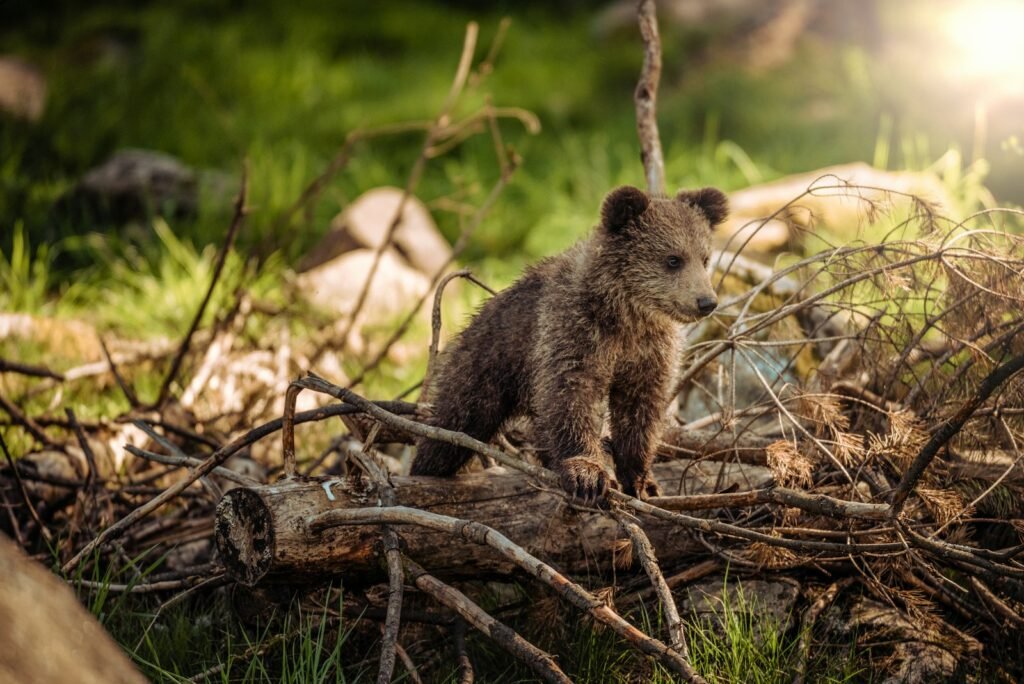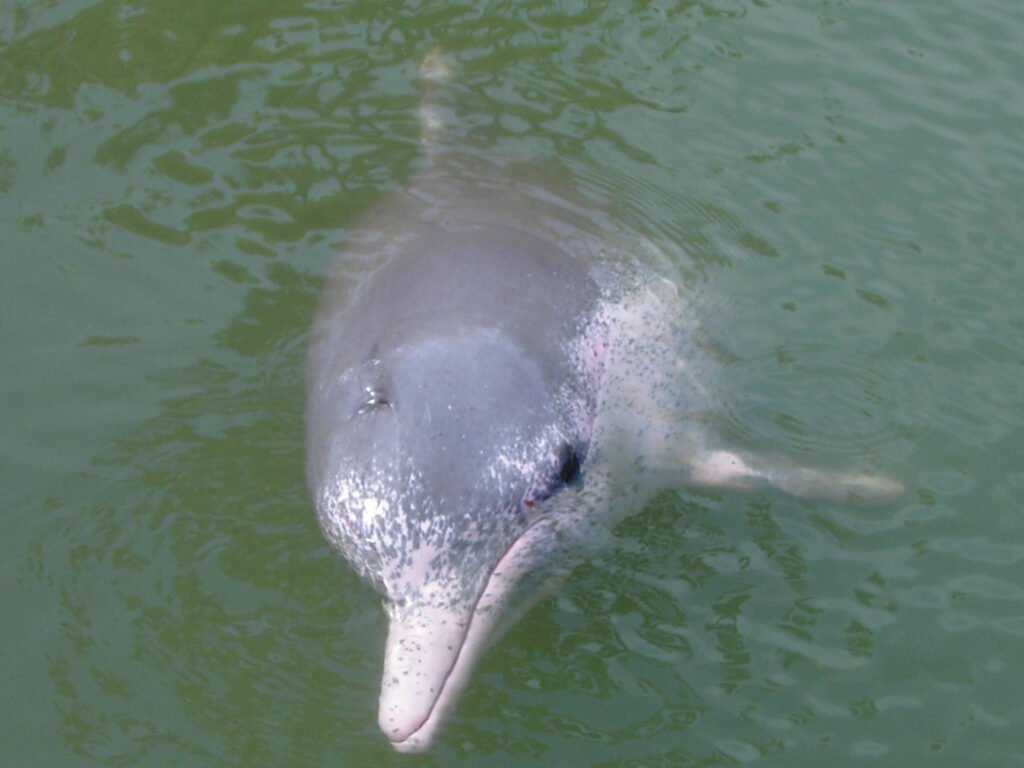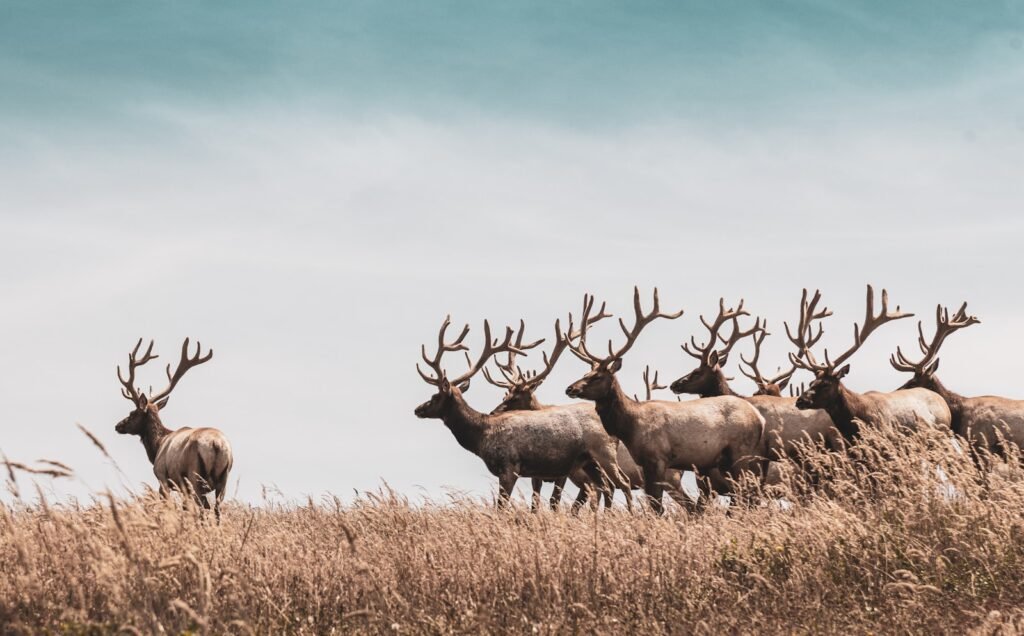Astrology isn’t science, but it’s a surprisingly sharp lens for telling scientific stories. In forests from Maine’s maple groves to the Carpathians’ spruce stands, animals display personalities that feel oddly familiar: bold, cautious, curious, steadfast. So we asked a playful, serious question: if your zodiac sign had a woodland twin, which species would it be, and what does that reveal about real animal behavior? The answer blends field observations, behavioral ecology, and a little poetic license to make the living forest more legible. Consider this a bridge between myth and method – an engaging way to meet the neighbors rustling just beyond the trail.
The Hidden Clues

What if your birth sign had a twin in the understory, pacing through leaf litter with your exact quirks? Forest species carve out lives with strategies that map uncannily onto human temperaments: some charge ahead, some plan, some socialize, others observe in silence. Biologists don’t label wolves “adventurous” or beavers “domestic,” yet these shorthand traits help us translate complex behaviors into something memorable. When an elk steps into a sunlit meadow, antlers thrown back in a bugle, we glimpse charisma under pressure. When a raccoon puzzles open a cooler latch, we see innovation with sticky paws. The point isn’t to prove astrology; it’s to notice the hidden logic in the leaves.
I first felt this click on a dawn survey when a raven outwitted our baited camera by dropping pebbles to test the trigger. I’d been wrestling with a thorny data-cleaning problem and felt a strange kinship with that bird’s relentless tinkering. Stories like that are hooks, and hooks are how science reaches new readers without watering down facts. In a world where attention is scarce, analogies are field guides for the mind. They turn distant Latin names into neighbors you can picture. And once you care, you ask better questions – the bedrock of good science.
From Ancient Tools to Modern Science

Astrology has always been a map of meaning, not a method for testing hypotheses. Science demands measurable claims, replicated results, and a willingness to be wrong. Yet cultural frameworks can spark curiosity that leads straight into lab benches and field camps. Ethologists use standardized protocols to quantify behavior – time budgets, movement paths, social networks – while the rest of us borrow metaphors to keep track of what we’re seeing. Think of zodiac archetypes as sticky notes on a complex dataset, reminders to look for courage, caution, or community in the canopy.
Modern tools sharpen those observations until the metaphor meets evidence. GPS collars trace wolf packs across ridgelines like ink on parchment, bioacoustics log owl territories through winter nights, and environmental DNA reveals otters where eyes fail. Camera traps, once crude, now run on machine learning that can flag a bobcat in moonlight, a boar in bracken, a porcupine ambling with deliberate purpose. Behavior emerges as an ecological trade-off – energy saved versus food gained, risk versus reward. Matching signs to species is a narrative choice; validating behaviors is a scientific one.
Mapping the Zodiac to the Forest

Here’s the playful field guide you came for: each sign paired with a woodland counterpart that echoes its core style. Aries pushes forward like a tusked battering ram; Pisces flows through obstacles like a stream. Taurus savors, Gemini explores, Cancer builds. Leo performs, Virgo refines, Libra calibrates. Scorpio watches, Sagittarius ranges, Capricorn endures. Aquarius hacks the rules and tries a new route home.
Pairs at a glance – use them as conversation starters for real natural history the next time you hit the trail:
- Aries – Wild Boar/Feral Hog: bold, headfirst problem-solver with high disturbance tolerance.
- Taurus – American Black Bear: food-focused pragmatist with seasonal rhythms and serious staying power.
- Gemini – Raven: inventive communicator, caching insights as deftly as snacks.
- Cancer – Beaver: home-maker and hydrology engineer, family-first with fortress-level design.
- Leo – Elk (Bull): display-driven strategist whose signals carry across valleys.
- Virgo – Woodpecker: meticulous forager with shock-absorbing design and perfect timing.
- Libra – White-tailed Deer: graceful balancer, weighing risk at every edge habitat.
- Scorpio – Great Horned Owl: nocturnal tactician using silence and patience to prevail.
- Sagittarius – Gray Wolf: long-range navigator, mapping landscapes through social intelligence.
- Capricorn – Porcupine: disciplined, self-possessed, winning with slow, steady defenses.
- Aquarius – Raccoon: dexterous problem-hacker, thriving on novelty near human edges.
- Pisces – River Otter: fluid, playful, exquisitely tuned to the currents that feed life.
Behavioral Mirrors: Sign by Sign

Aries channels the boar’s forward drive, a style that succeeds when speed beats subtlety; in fragmented forests, that means grabbing chances in brief openings. Taurus is the black bear’s calculus: conserve energy until a food pulse arrives, then feast with focus, a lesson in timing rather than stubbornness. Gemini meets the raven at the crossroads of voice and problem-solving, where social learning spreads new tricks through a flock like wildfire. Cancer inherits the beaver’s blueprint, turning a thin stream into a nursery-rich wetland with teeth and teamwork. Leo keeps elk hours in autumn, when broadcasts and body language sway outcomes more than brute force. Virgo’s woodpecker work reveals that precision is not fussy – it’s efficient when each swing lands exactly where nutrition hides.
Libra’s deer are masters of thresholds, thriving along forest edges where every step weighs safety against forage. Scorpio’s owl is patience armed with physics: fringed feathers hush the air, while slightly offset ears triangulate sound in darkness. Sagittarius finds purpose in distance, with wolves reading scents like headlines and sharing decisions across a tight-knit group. Capricorn’s porcupine wins by refusing the arms race, carrying a portable fortress and moving with unbothered consistency. Aquarius plays raccoon, treating human infrastructure as a toolbox instead of a barrier, finding solutions where others see locks. Pisces is the otter lesson: play is not frivolous when it hones skills, builds bonds, and reveals where the richest riffles hide.
Why It Matters

Pairing signs with species is a gateway, not a verdict, and gateways matter when ecological literacy is lagging. Many people recognize a horoscope before they recognize a track in mud, so we start where attention already lives and steer it toward evidence. Compared with traditional outreach that leans on Latin names and long inventories, this approach turns forests into characters with arcs and motives. It helps readers remember that beavers filter water, that woodpeckers control insect outbreaks, that deer shape understories with each cautious bite. Memory is the first step toward advocacy, and advocacy protects habitats more effectively than any single study tucked behind a paywall.
There’s a second payoff: this framing restores complexity without scaring people off. Instead of arguing whether a species is “good” or “bad,” we talk about strategies and trade-offs, the same way we discuss personalities in teams. That reduces the polarization that stalls conservation, especially around predators and browsing herbivores. It also complements, rather than replaces, field guides, ecological models, and risk assessments used by professionals. In short, metaphors open the door; data keeps us honest once we step inside.
Global Perspectives

Forests differ wildly – boreal pines under auroras, temperate oaks humming with cicadas, montane spruce stitched to alpine meadows – so the pairings flex with place. A Leo’s “stage” might be a red deer’s roaring ground in Scotland rather than an elk meadow in Colorado, while a Pisces could echo an Asian small-clawed otter where mangroves meet river mouths. What stays constant is the behavioral rhyme, not the species list. The same Libra balancing act plays out when roe deer test hedge lines at dusk, and the same Aquarius ingenuity shows in urban foxes that time traffic lights. Local names change; ecological roles don’t, and roles are what anchor our comparisons.
Framing the story this way also invites global collaboration. Citizen scientists in Poland or Japan can compare notes with hikers in Oregon, trading observations of owls, boars, or raccoons-for-hire near campsites. That shared language lowers barriers for cross-border studies and open datasets. It reminds us that conservation is a network, not a set of isolated victories. And it keeps the focus on function – engineers, foragers, sentinels – rather than on a single charismatic mascot.
The Future Landscape

Technology is rewriting how we see forest personalities in action. AI now sifts millions of camera-trap images to spot patterns – a bobcat’s patrol rhythm, a porcupine’s slow commute, a raccoon’s trial-and-error spree. Passive acoustic arrays map owl dialogues across valleys, and eDNA samples trace otters through invisible threads of shed cells. Lightweight GPS tags outline wolf decisions at forked trails, showing how experience and weather reroute a pack’s day. Combined, these tools let us test hunches born from metaphors against hard timelines and spatial data. The better the map, the easier it is to steer policy before habitats fray beyond repair.
Challenges remain in algorithmic bias, privacy near human spaces, and equitable access to gear and training. Forests are also shifting as climate nudges ranges uphill and poleward, rewriting who meets whom at the edge. Expect mixed communities, novel food webs, and behavior under new stressors – bolder boars in drought, quieter deer on warmer nights, beavers moving to cool streams. The global implication is simple: adaptation favors flexibility, in animals and in the people studying them. Keeping curiosity alive, even through playful frameworks, will help us notice change early enough to act.
Field Notes for Your Next Walk

Try using the pairings as a prompt the next time you step under the canopy. If you’re a Gemini, watch for problem-solving birds; if you’re a Virgo, follow the staccato knock of a woodpecker and notice how it checks every seam of bark. Aries types can look for fresh rooting by boar or hogs where soil is disturbed, while Capricorns might trace a porcupine’s tidy chew marks on twigs. Libras can practice edge-walking with deer – one step forward, one scan of the wind – learning how caution expands freedom. Aquarians can test gates and latches with raccoon-level curiosity, then put everything back better than they found it. Whatever your sign, match curiosity with care and you’ll see more of the story.
Simple habits turn that attention into impact. Log sightings on local biodiversity platforms, support beaver coexistence projects that restore wetlands, and reduce nighttime noise near owl territories. Pack out food waste so raccoons keep wild diets and wolves aren’t drawn to camps. Plant native shrubs that shelter deer and songbirds while resisting over-browse. Read beyond headlines and ask how a study measured what it claims. Your zodiac twin is a reminder to notice; what you do after noticing is what counts.
Conclusion

Pick your sign’s species and learn one concrete conservation step tied to its needs this month – wetland cleanup for beavers, acoustic monitoring for owls, or trail stewardship where elk calve. Join a local bioblitz, share one field note with a friend, and bring a child to hear a raven’s croak or a woodpecker’s roll. Support evidence-based management that keeps predators, herbivores, and engineers in balance. Advocate for open, ethical use of wildlife data so communities can protect habitats without putting animals at risk. Small, steady acts add up fast when the whole forest is listening.

Suhail Ahmed is a passionate digital professional and nature enthusiast with over 8 years of experience in content strategy, SEO, web development, and digital operations. Alongside his freelance journey, Suhail actively contributes to nature and wildlife platforms like Discover Wildlife, where he channels his curiosity for the planet into engaging, educational storytelling.
With a strong background in managing digital ecosystems — from ecommerce stores and WordPress websites to social media and automation — Suhail merges technical precision with creative insight. His content reflects a rare balance: SEO-friendly yet deeply human, data-informed yet emotionally resonant.
Driven by a love for discovery and storytelling, Suhail believes in using digital platforms to amplify causes that matter — especially those protecting Earth’s biodiversity and inspiring sustainable living. Whether he’s managing online projects or crafting wildlife content, his goal remains the same: to inform, inspire, and leave a positive digital footprint.



